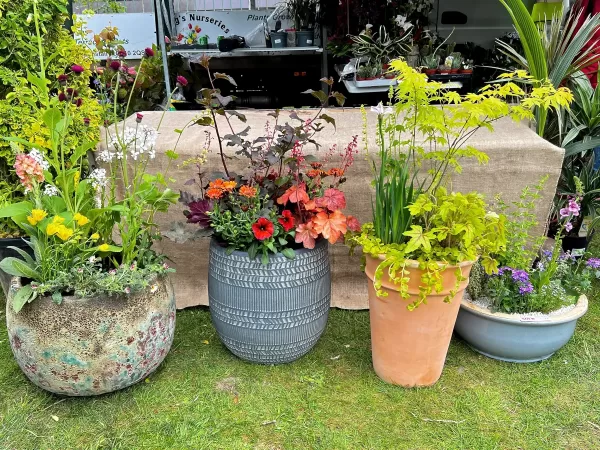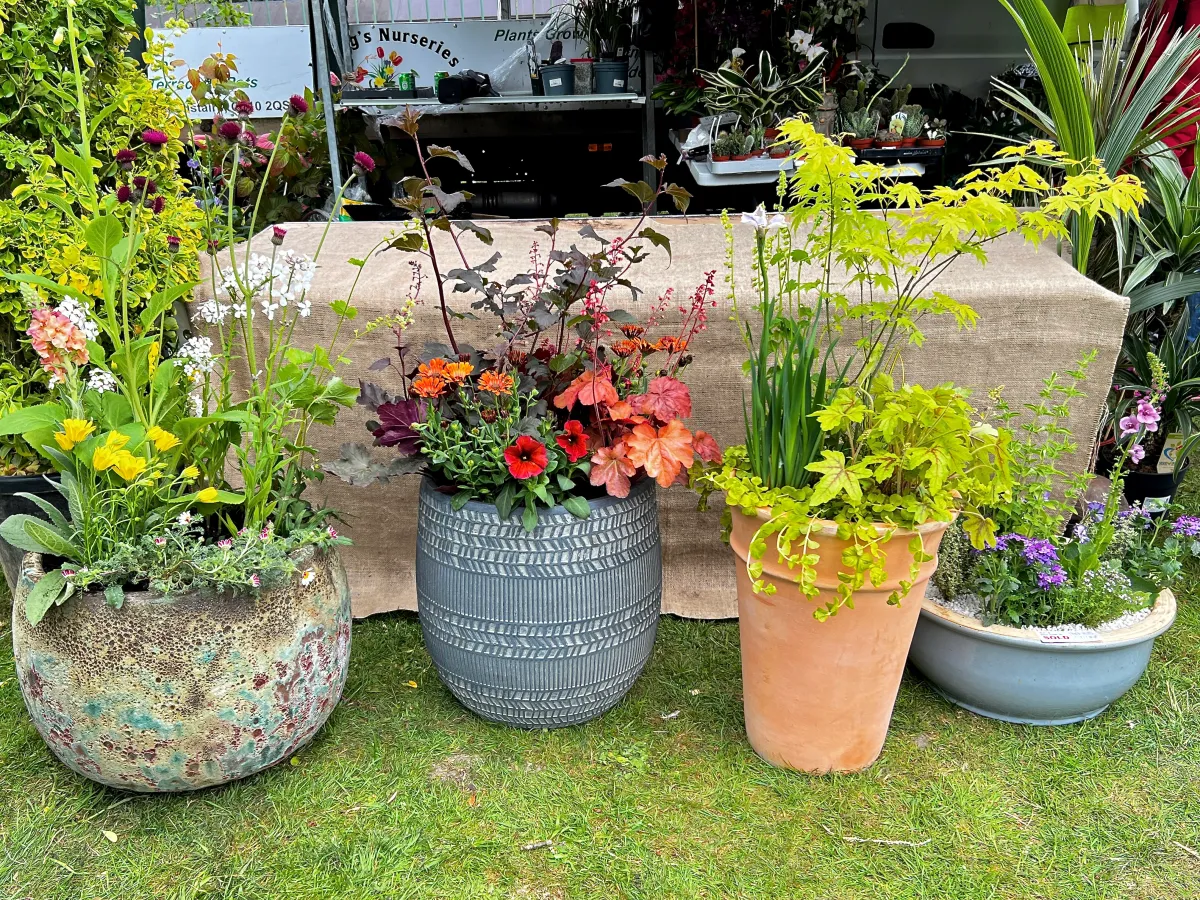As we have seen in the last couple of months, the temperatures can change on a dime. The temperatures can reach down to 10 degrees, then a week later the temperature is back up to 70 degrees. Walking around you will notice the physical damage (freeze damage) to the plants themselves. Outside the garden center, we are seeing our Pugster Blue Butterfly Bush and Radiance Abelia turn brown and the stems are dark. To be honest, the plants themselves look dead and would shock  any new plant owner. But there is hope! The plants have winter burn, which is caused by the temperatures dropping so quickly that the leaves didn’t have time to prepare themselves. In a normal fall/winter season the temperature gradually lowers, and the plants can protect themselves from the cold snaps. So, what do we do? The answer is to wait and keep your pruners at bay until springtime. We want to see what parts of the plants are dead and what is alive. After the springtime flush we will prune away any dead branches. Some plants like Armandii clematis might have died all the way to the ground. If no new growth emerges in the spring, then we will cut the clematis down to the ground and let the new growth emerge. The opposite can happen in the middle of winter when we get a warm snap in January. If it is warm for a couple days, the trees and shrubs wake up thinking it is time to ramp up production. The flowering trees and shrubs buds start to break. And when the temperatures drop back down the buds will be injured. Sadly, there is not much we can do when nature is deciding its own course. When we get down to single digit temperatures bring anything that is in a pot inside the garage. After that, we just let nature take its course.
any new plant owner. But there is hope! The plants have winter burn, which is caused by the temperatures dropping so quickly that the leaves didn’t have time to prepare themselves. In a normal fall/winter season the temperature gradually lowers, and the plants can protect themselves from the cold snaps. So, what do we do? The answer is to wait and keep your pruners at bay until springtime. We want to see what parts of the plants are dead and what is alive. After the springtime flush we will prune away any dead branches. Some plants like Armandii clematis might have died all the way to the ground. If no new growth emerges in the spring, then we will cut the clematis down to the ground and let the new growth emerge. The opposite can happen in the middle of winter when we get a warm snap in January. If it is warm for a couple days, the trees and shrubs wake up thinking it is time to ramp up production. The flowering trees and shrubs buds start to break. And when the temperatures drop back down the buds will be injured. Sadly, there is not much we can do when nature is deciding its own course. When we get down to single digit temperatures bring anything that is in a pot inside the garage. After that, we just let nature take its course.
Call Today! (865) 481-3825

